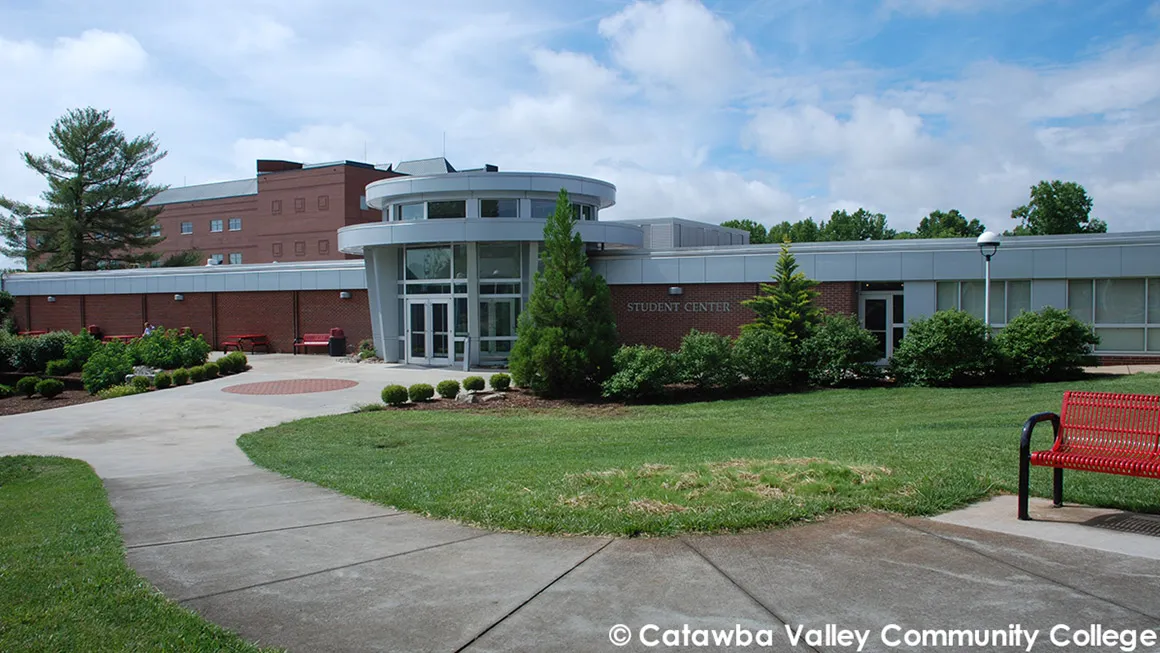
Catawba Valley Community College (CVCC) faced two main scheduling issues:
As a result, there was a delay in students’ program completion. Furthermore, students had to take classes not associated with their declared major to create a full schedule.
The College needed to address its course scheduling and space allocation challenges. They needed to find a solution to create a conflict-free semester schedule that would allow students to take the maximum number of courses based on each program’s sequence of suggested courses. They also needed to increase facility utilization and efficiency, while focusing on students’ needs rather than instructor preference.
It was agreed that the administration of CVCC would take the lead on implementing the new scheduling approach, and that the primary objective of this initiative was to create a positive change for students. Existing processes had to be redefined to ensure a smooth transition and efficient results. A new schedule change request process would be established, whereby the Dean’s approval would be required, and valid justification for the requested changes clearly documented. Everyone agreed that once defined, these new processes would be communicated to the College faculty staff prior to the kick-off of the implementation planning.
With the implementation of the Infosilem Timetabler scheduling solution, the College proceeded with the transition and changed the existing scheduling responsibilities, creating a more centralized scheduling process. Departments no longer create actual class meeting days and times for classes. Infosilem Timetabler DCU, the web interface of the Infosilem timetabling system, fostered a collaborative environment between the Registrar’s Office and the academic departments, making it possible to easily generate a non-biased, student-focused schedule, increasing facility utilization and scheduling efficiency.
Thanks to their collaborative efforts with the Infosilem team, the CVCC has achieved centralized scheduling and established better practices. Increased efficiency and important cost savings were observed. For example, it was noted that:
Catawba Valley Community College was established by the North Carolina Department of Public Instruction in 1958. Nowadays, over 5,000 students are enrolled yearly in various college credit degree, diploma and certificate programs in the areas of Business, Industry & Technology, Health, Public Services, Academics, Education and Fine Arts, or in continuous education programs.
2013
Client since
5,000
Students
1958
Catawba Valley Community College was established by the North Carolina Department of Public Instruction.
Director of Curriculum & Facilities Management
“Timetabler and Timetabler DCU are powerful tools that have resolved numerous scheduling and facility issues. Having current program and historical section data accessible in Timetabler DCU provides department heads with critical data hence, giving us the ability to create efficient, student-focused, conflict-free schedules.”
Ed.D. Executive Vice President
“We experienced an immediate return on investment through more efficient scheduling of our facilities, more timely course offerings, and reduced workloads for our staff. Most importantly, timely access to needed courses has resulted in increased student retention and success.”